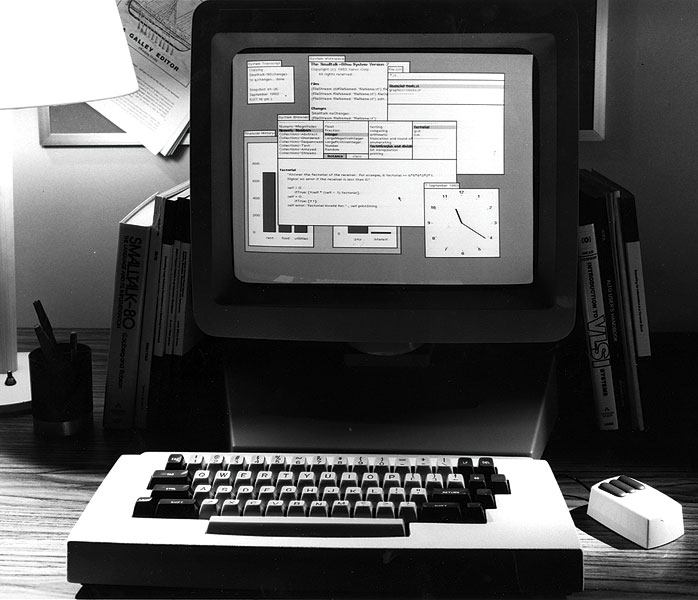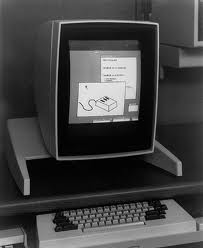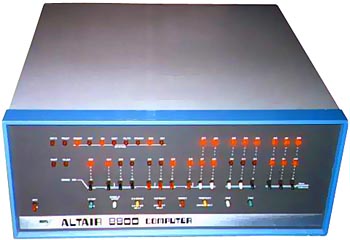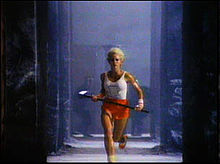Taking a look back to the seventies there was an institution that lead the way in innovation, they weren’t just ahead of the game they were years ahead of the game. If I show you two computers, both made in the 1970’s one looks like a machine you may use today, the other something from a 1960 scifi show.
The computer with the windowing operating system is a Xerox Parc Alto. Xerox Parc was set up, as a department Xerox, to innovate. It took some of the brightest people and produced some revolutionary products. These products were so ahead of their time they did not even look like the computers of their day.
When you look at it compared to the Altair, a computer that Bill Gates used to develop his basic language on you can see and feel the difference.
Xerox based Parc on the west cost of America intentionally to give the innovators room to think, and be radical; without the interference from the business, which was located on the east coast.
This separation produced great innovation but the separation also failed when it came to execution. In 1981 Xerox finally released a product to the world, the Xerox Star 8010. It was the first Windowed based computer to be released. At an eye watering $75,000 for two computers, a file system and a laser printer. Additional workstations were priced at $16,000.
Shortly after the Star was released, Apple released the Lisa. Steve Jobs had seen the Alto at Parc, in the late 1970’s, and formed an impression on him. The Lisa was priced at $9,995 and was the precursor to the Apple Mac.


Even in the 1980’s Xerox as a corporation it was not convinced of what they had on their hands. They did not promote the computer within the corporation, they did not put a sales initiative in place to promote the selling of the computer. If they had ramped up production they could have reduced costs. Rather than bundling laser printers they could have focused on the product, added a floppy disk for storage and sold it with a dot matrix printer, and brought down the price. This could all have been done by the Mid-70’s if Xerox had been a more dynamic company rather than a top down regimented organisation.
Obviously the company saw the need to innovate; otherwise Xerox would not have created Parc. Xerox in a way, as a corporation, were revolutionary by setting up Parc. They saw the need to innovate. They saw NASA putting a man on the moon, they new to flourish as an organisation they needed to innovate. What they failed to see is the need to execute. Innovation needs to be productised for it to see the light of day. There needs to be a dynamic way of harnessing the creativity, through trust, of those that drove that innovation, in those that best understood what they were creating to deliver the product.
In fairness to Xerox they did set up Systems Development Department (SDD) in El Segundo, to develop the Star; however this was not until 1977. After the creation of SSD they followed formal rigid methods as opposed to what we might today have expected – lean startup. Possibly more importantly, there was not enough trust. There was not an entire horizontal that took the product from innovation through to the shop shelf. There was not the support required to market the product. For those who can remember the marketing campaigns from apple from in 1984; they showed the way to market products. Apple’s execution of Apples take on Xerox’s innovation built Apple into the corporation it is today.
To conclude, a company who innovates has the first slice of the pie, the first opportunity to capitalise on the creative. Innovation works best when the innovators are set free from the corporate shackles. The creative has to be backed up by a company that supports the innovators to turn their concepts into products and puts the infrastructure in place to market and sell the product. The production team will again work best if they are given the freedom they need. Then they can get the innovative product to market before the competition catches them up. Ultimately this will lead to the company doing what is best for the shareholders, and that is making profit.




